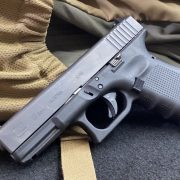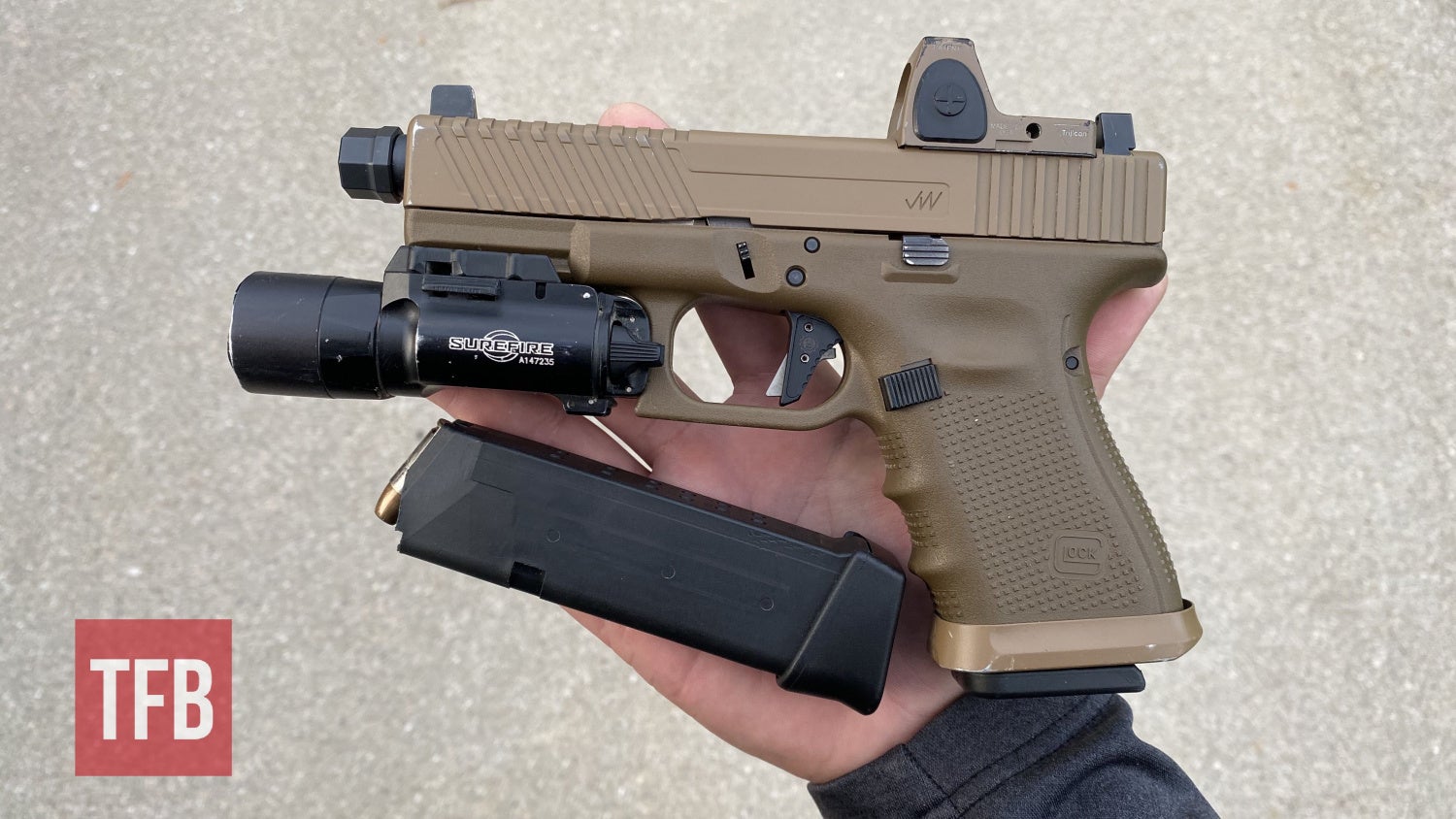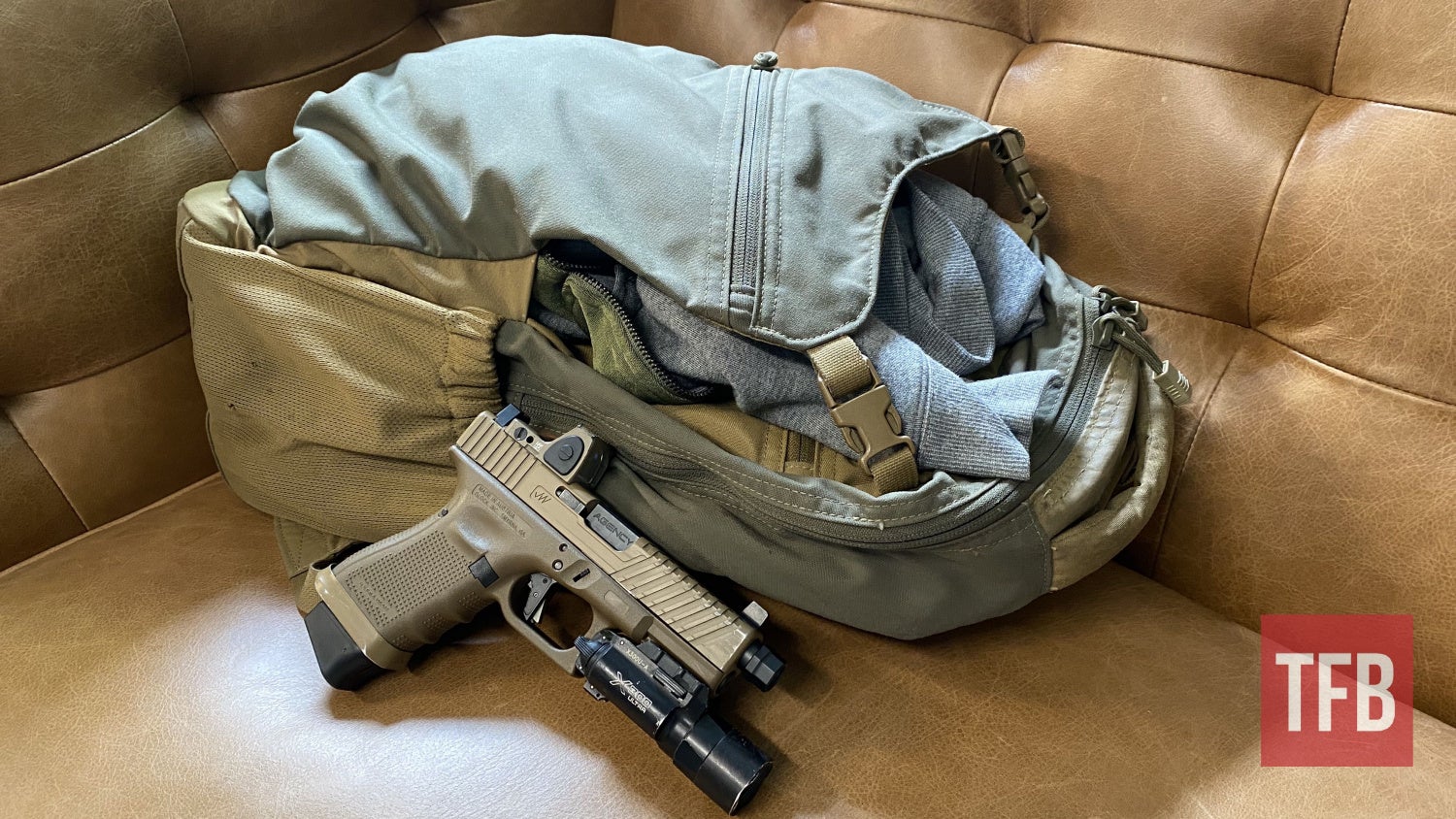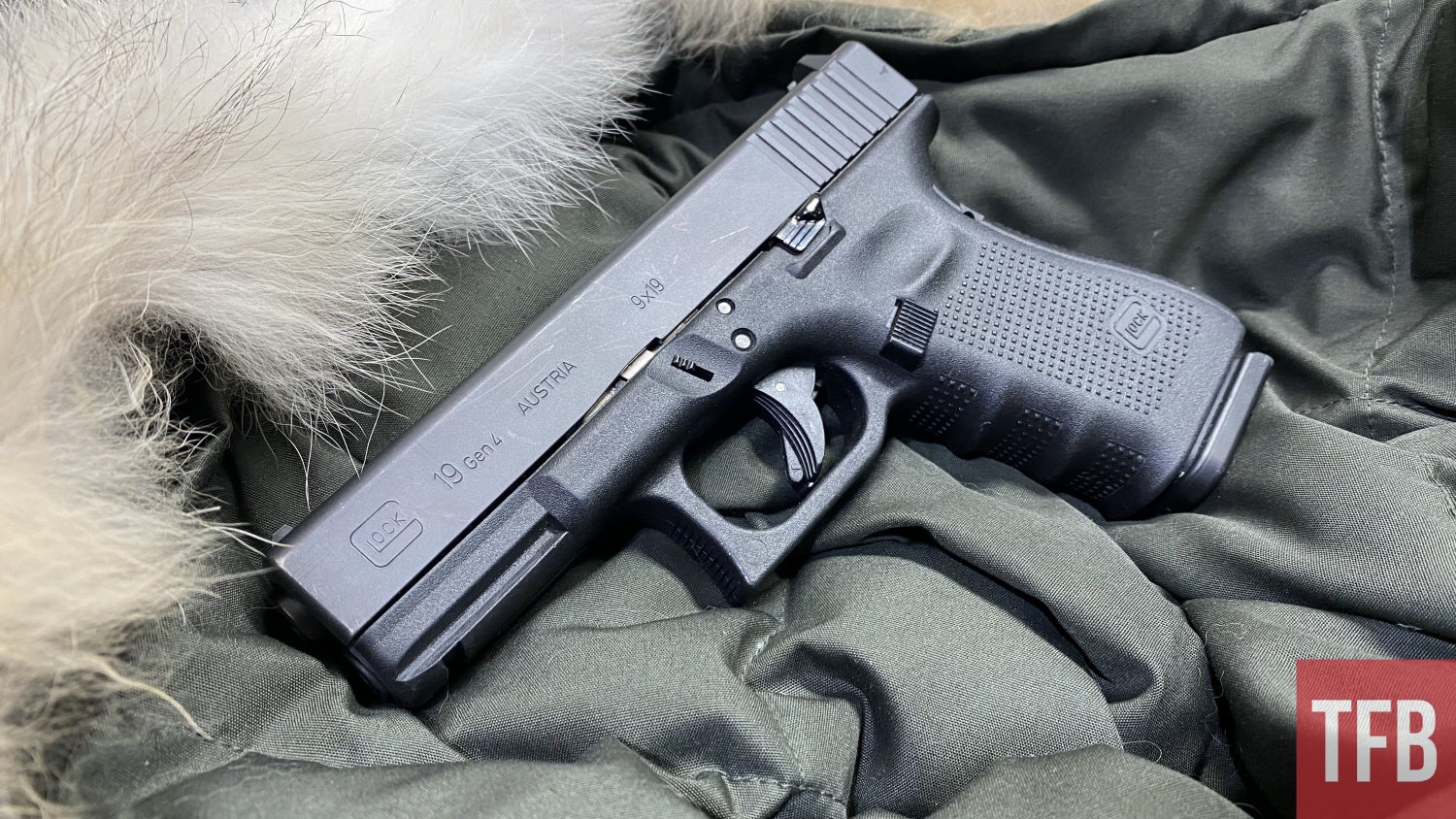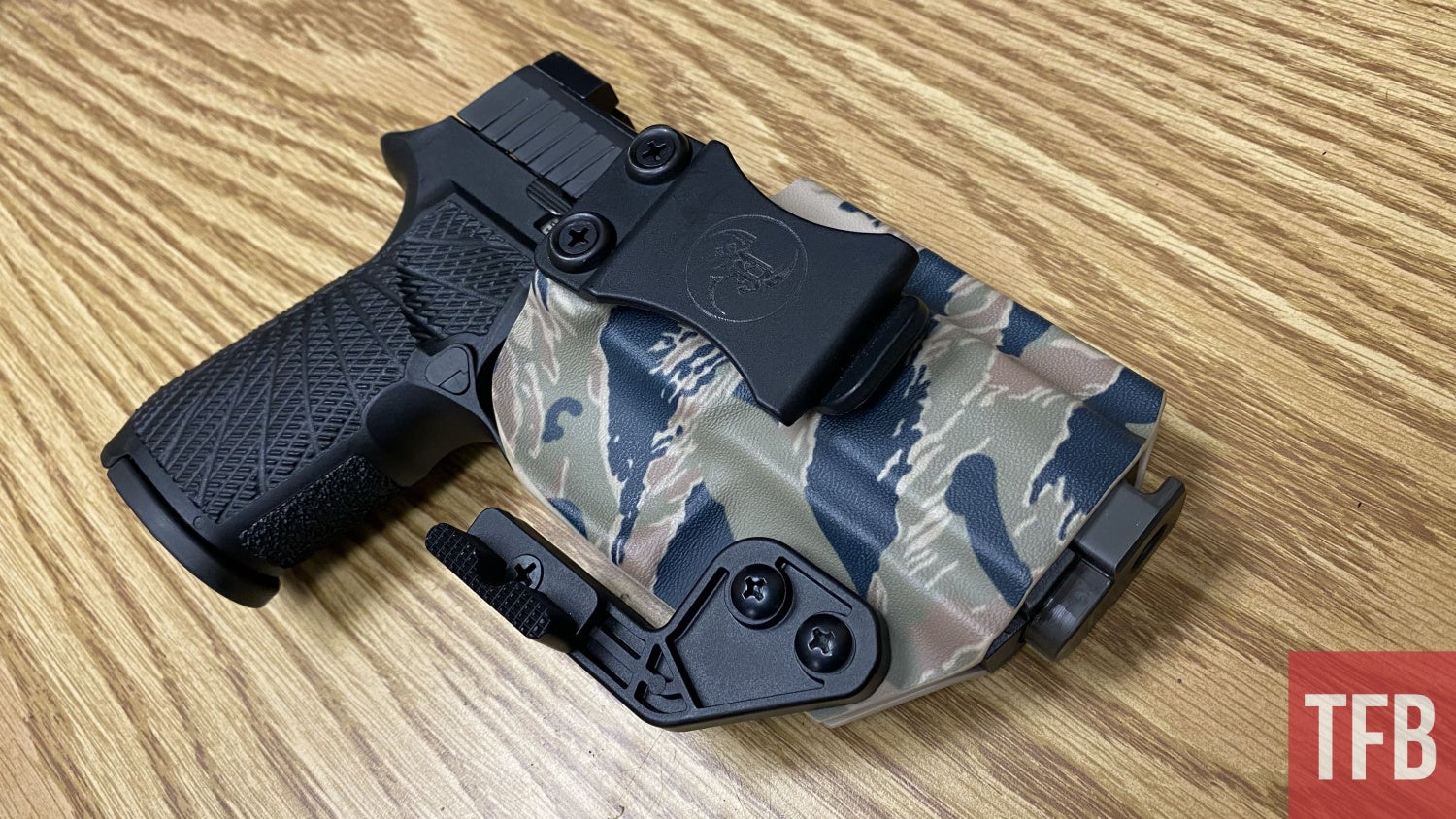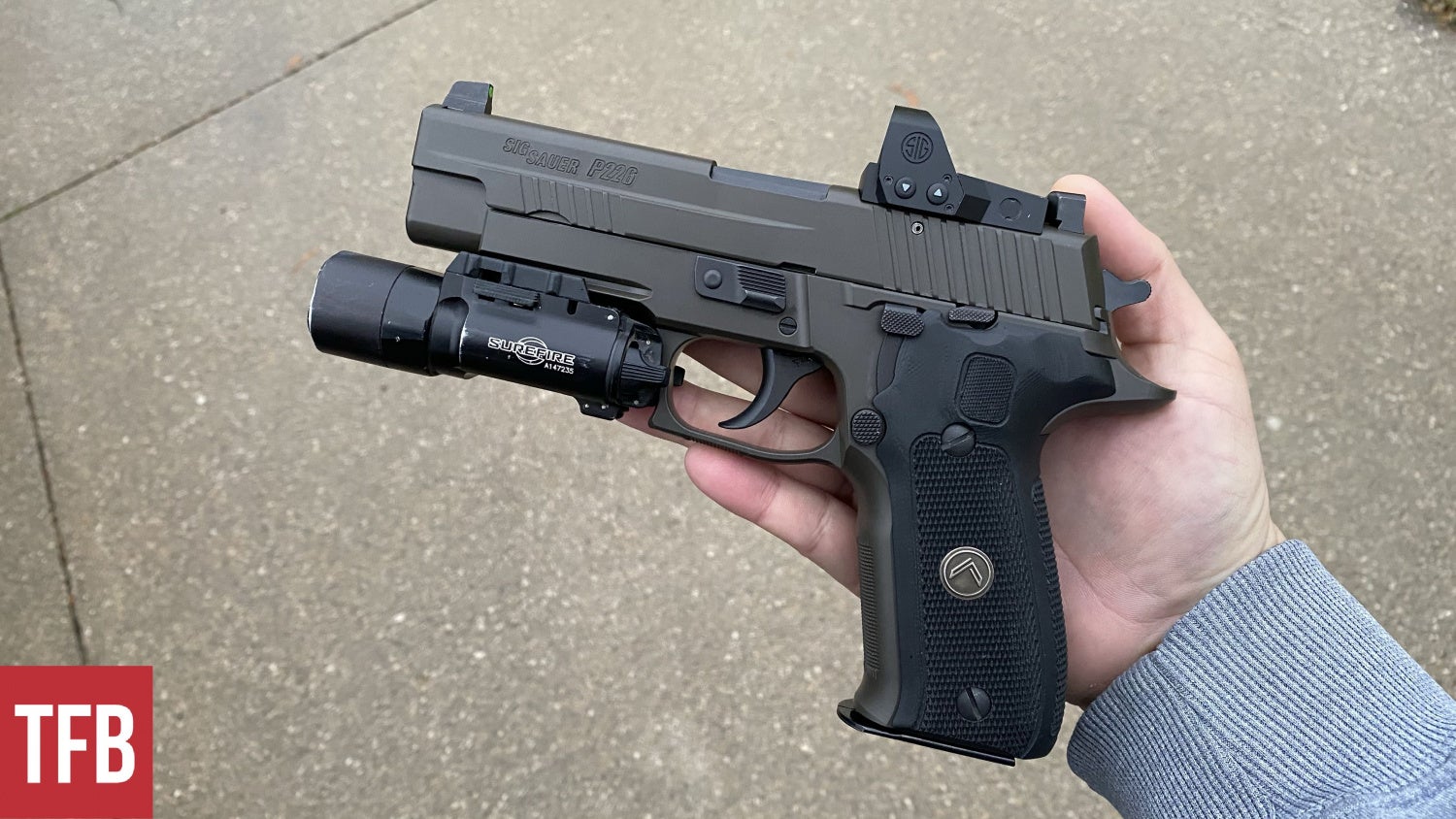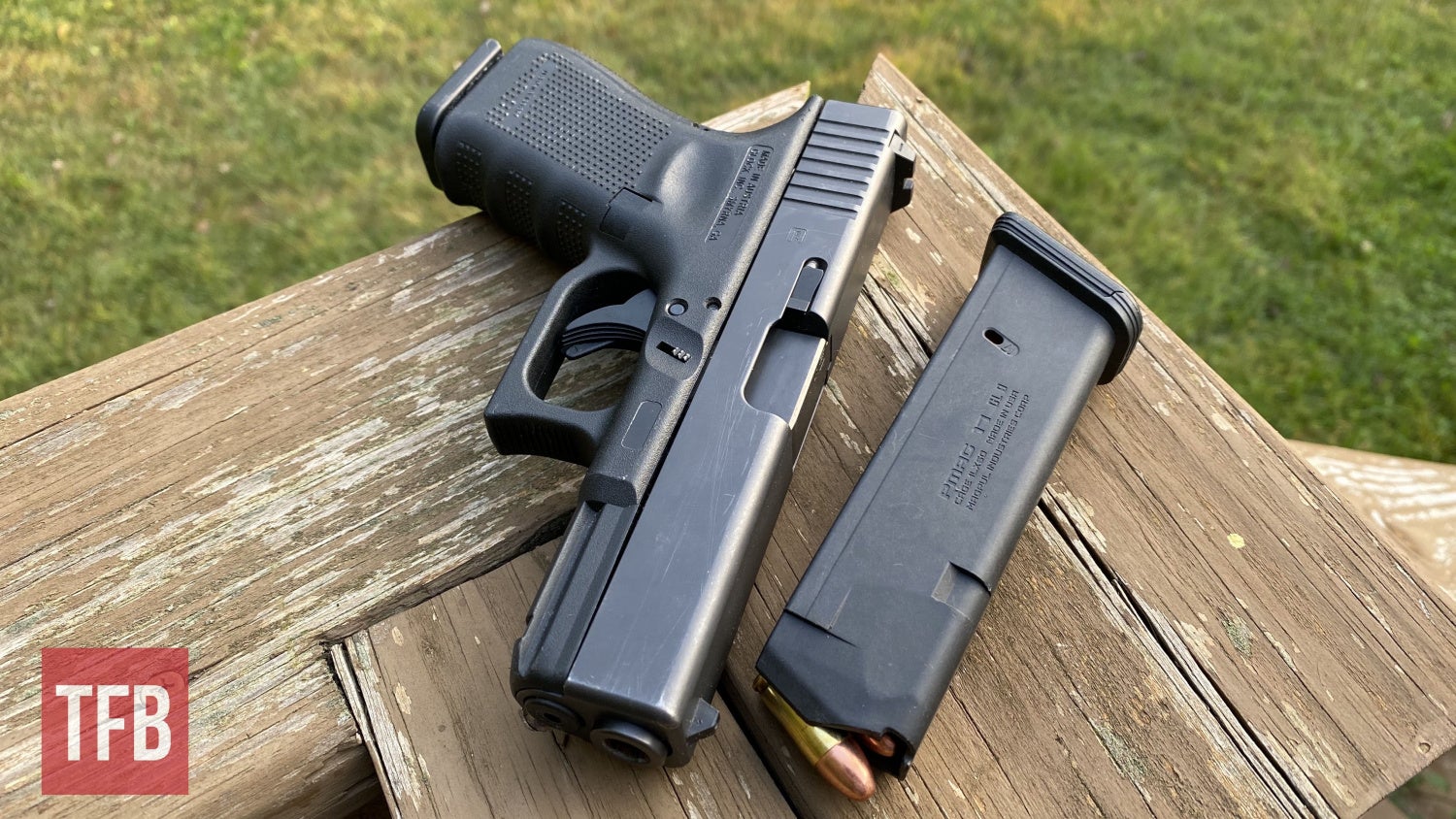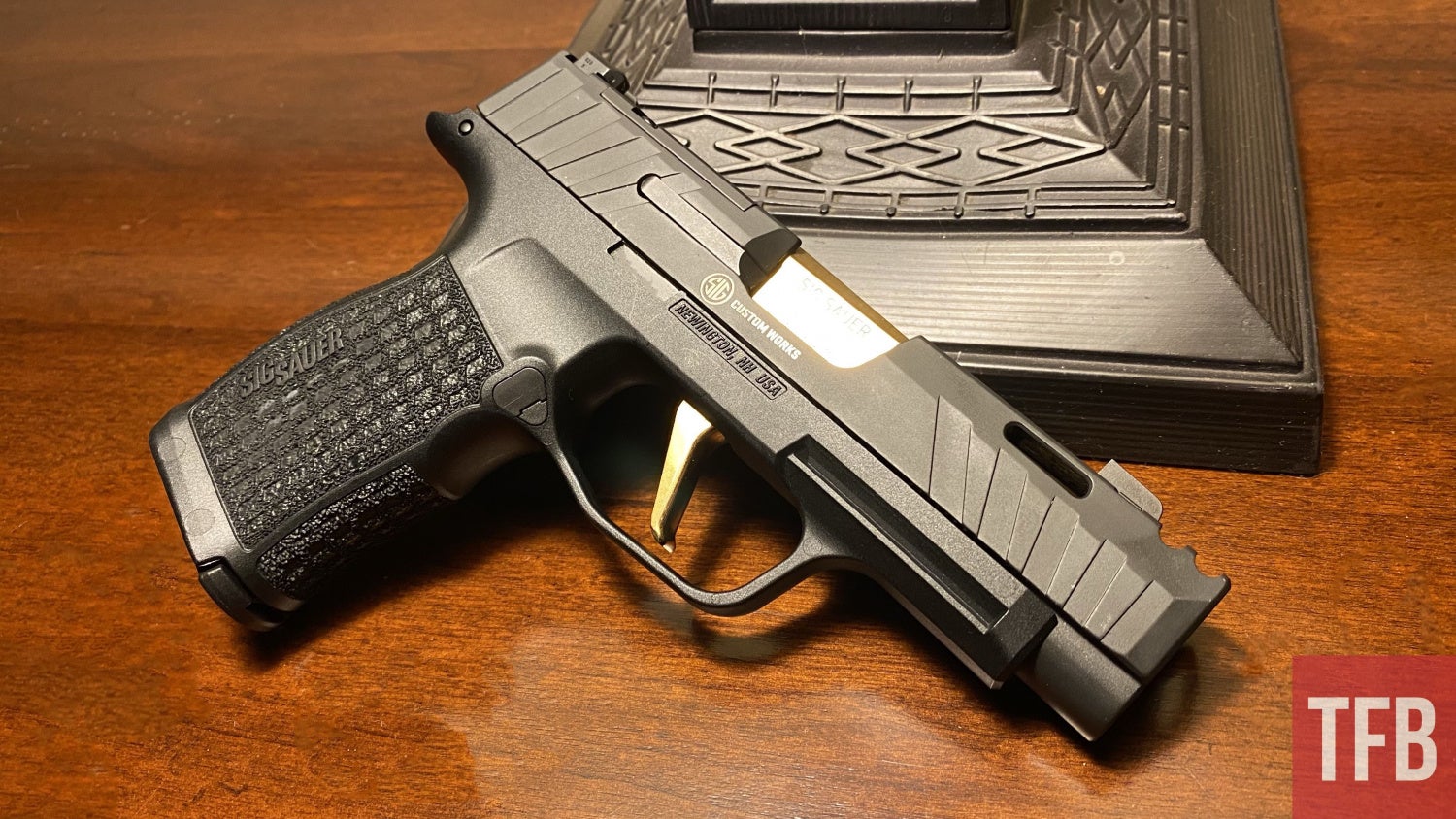Welcome back to another edition of Concealed Carry Corner. Last week, we talked about carrying and training with similar firearms. If you happen to miss that article, be sure to click the link here to check it out. This week, I wanted to take a deeper dive into the natural effects of the body’s emergency response to danger. The emergency response of fight or flight was incredible when looking at our ancestors. People running from danger or fighting for their life needed these extra-conditioned responses but in modern times do they do more harm than good? Let’s take a closer look at overcoming fight or flight.
Concealed Carry Corner @ TFB:
The Problems Fight or Flight
When it comes to fight or flight in a self-defense shooting aspect, certain responses can aid in focus and draw speed while other effects can adversely affect the person in a self-defense situation. The two biggest issues when it comes to the fight or flight response stem from the loss of fine motor skills and the loss of vital senses. This can come in the form of tunnel vision as well as auditory exclusion while the body gets hit with a dump of catecholamines which is what most people think of when they think of adrenaline. This offers more oxygen in your system as well as elevated blood flow.
When it comes to a modern fight with a handgun though, these responses can have both negative and positive influences on your fight. The faster processing and movement speed from increased oxygen and blood flow is great. It gives you a huge advantage when scanning for threats and focusing on what you need to see in order to fight properly. Tunnel vision and auditory exclusion are the real challenges when trying to control your body’s reaction to stress and danger. Tunnel vision is the real danger to someone in a self-defense situation.
The Big Problem With Tunnel Vision and Auditory Exclusion
In the past, I’ve never thought much about tunnel vision when it comes to carrying concealed or shooting in general. I recently took another course with Ric Sutton from Aggressive Defensive Solutions at the Academi Facility in Moyock, NC. He brought up a few good points that are important to take into consideration when going through a self-defense situation. Both tunnel vision and auditory exclusion can occur and if left unchecked can be the cause of stress-induced blackouts. It’s extremely rare but there have been cases of people blacking out from tunnel vision in stressful situations. Officers are trained to avoid the shrinking field of view by practicing a few tricks.
Our brains use tunnel vision in a fight or flight situation to allow us to focus on small obstacles that could slow us down. Running from saber-toothed tigers meant being able to see the tree root or other obstacles to avoid in order to survive. In today’s world, we don’t really have to worry about the tiger chasing us so tunnel vision can be a liability instead of a positive. If you find yourself in a stressful situation, you want as much field of view as possible instead of a tight focused field of view. Not being able to see a threat can be the difference between life and death.
Auditory exclusion is also something to consider. The nervous system transfers all of its energy into the eyes and focuses on threats which can result in your ears not working properly like they normally do. Many officers and people who carry concealed have spoken about having auditory exclusion when in a defensive situation where they never heard the gun go off. This isn’t such a big deal as getting tunnel vision but it’s another factor to keep in mind.
How To Break Tunnel Vision and Auditory Exclusion
Tunnel vision can be an incredibly odd feeling for someone experiencing it for the first time. It’s widely known you need movement in your head to help break tunnel vision. Moving your head 45 degrees in both directions can break tunnel vision almost immediately. This movement of your head will also kill the auditory exclusion which will bring our hearing back as well. This is exactly why most trainers will make you “check your surroundings” after each stage or drill.
Moving your head from side to side scanning for other threats will not only give you situational awareness but also gives you the amount of movement it takes to break tunnel vision. Not everyone realizes how important it is to check your surroundings after shooting for a number of reasons but breaking tunnel vision is often the most important.
Overall Thoughts
We don’t talk about the body’s natural response to stress or dangerous situations. You may have heard of tunnel vision previously but it’s incredibly important to be aware as well as know how to break tunnel vision in a dangerous situation. Simply moving your head from side to side looking for threats will break the tunnel vision giving you a complete field of view and allowing you to scan for other threats. It’s not super fun to think about and we all hope the day never comes but it’s important to understand what to do if you find yourself in a life-or-death situation.
What do you guys think about the risks of tunnel vision? It may not be a huge priority but I think it’s something to keep in mind when training. It doesn’t take much to include it in your regular range sessions and offers a number of benefits in a dangerous situation. Let me know what you think in the comments below. If you have questions about concealed carry or firearms in general, feel free to reach out on Instagram @fridgeoperator. Stay safe out there and we will see you next week for another edition of Concealed Carry Corner.


